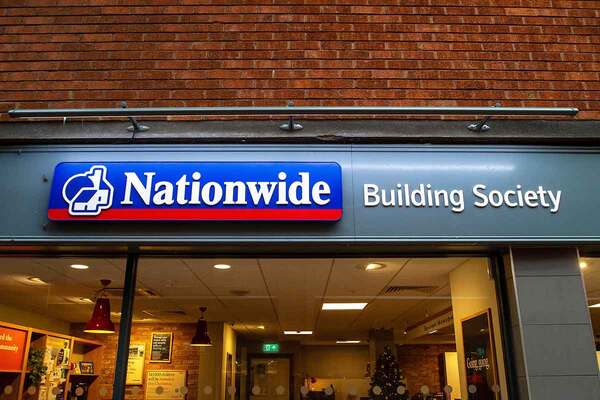You are viewing 1 of your 1 free articles
Sector faces £1bn increased exposure after end of Libor
The social housing sector could see an increase of more than £1bn in its exposure to derivatives when the banks change their benchmark interest rate, a report has concluded.
This impact is due to the end of Libor – a benchmark rate used by banks to calculate interest rates on various loans in the social housing sector and beyond.
Analysis by treasury advisor Aquila Treasury and Finance Solutions (ATFS) found that the sector’s mark-to-market exposure – a measure of the value of derivatives or exchange contracts – will increase by around £1.1bn.
This is due to the introduction of the Sterling Overnight Index Average (Sonia), which will replace Libor in 2021.
The change is being made by the Bank of England as a reaction to collusion by banks during the financial crisis to manipulate Libor and disguise possible credit issues.
While Libor was estimated daily by experts based on the rate at which banks can borrow from each other, Sonia is calculated from the actual transactions reported from the previous day.
Housing associations will have to use Sonia to arrange new loans on the new rate, and also convert much of their existing debt from Libor to Sonia. The sector is more affected by this than many organisations because it has a large proportion of long-term debt.
According to ATFS, the sector’s £8.4bn of freestanding derivatives – a class of financial security – will see an increased exposure worth £170m.
For fixed-rate debt currently pegged to Libor, meanwhile, exposure will increase by around £900m, assuming 75% of the sector’s £58bn bank debt is fixed.
Associations that will be most affected by the change are those with floating-rate loan facilities, fixed-rate standard loans and standalone derivative trades that mature after 31 December 2021.
Jim Lashmar, director at ATFS, told Inside Housing it was important to “ensure that banks don’t unilaterally decide on what [the new rate] will be or build it into new loan agreements that are being negotiated now which will mature after 2021”.
The National Housing Federation is working with the Bank of England and the Financial Conduct Authority on the transition from Libor to Sonia and how it will affect housing associations.










